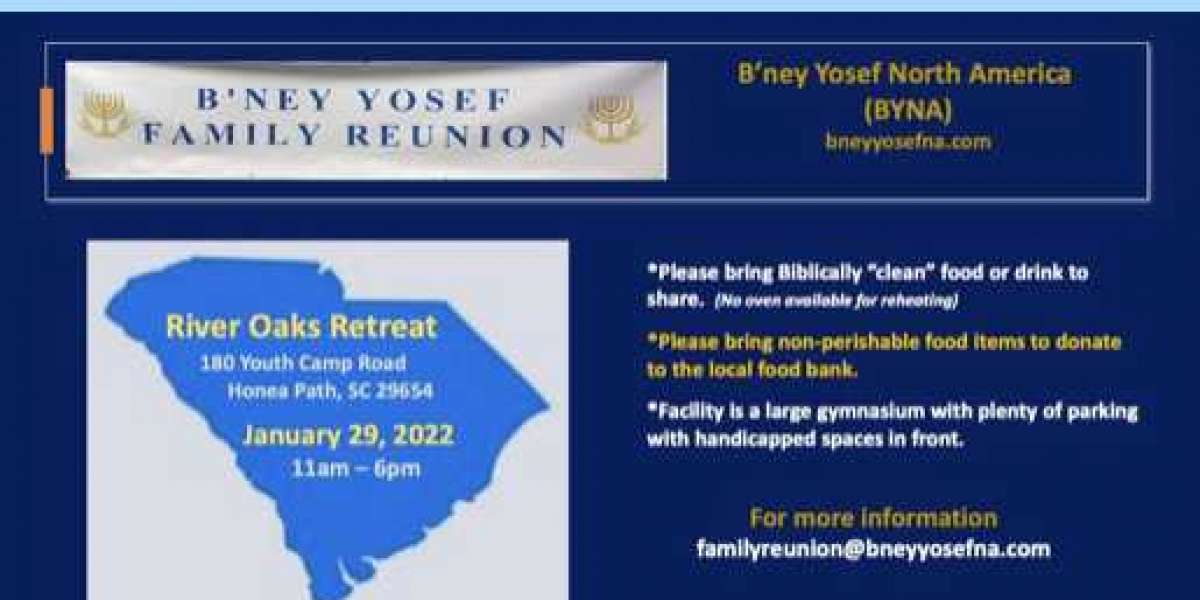We teach that baptism is a mandatory covenant ratification ceremony. An adult convert must express repentance and faith in Jesus Christ as Lord and Savior. A minister must baptize coverts by immersion in the name of Jesus Christ for the forgiveness of sins, then lay his hands on them and pray for them to receive the Holy Spirit.
After His resurrection, Jesus ordered the church to preach the Gospel, make disciples and baptize them (Mt 28:18-20). So, baptism is a command, not a suggestion. There is no such thing as an unbaptized Christian anywhere in the Bible.
Baptism is a covenant ratification ceremony. It marks the end of an old, sinful way of life and the start of a new, righteous life washed clean by the blood of Jesus Christ and led by the indwelling presence of the Holy Spirit. A sinner renounces his citizenship in the kingdom of Satan and becomes a naturalized citizen of the kingdom of God (Php 3:20, Col 1:13-14).
The general pattern throughout the New Testament is that a minister baptizes an adult convert upon profession of repentance and faith in Jesus Christ as Lord and Savior. He baptizes by immersion in the name of Jesus Christ for the forgiveness of sins.
When Peter preached the Gospel to a large crowd in Jerusalem during the feast of Pentecost, they were convicted and asked Peter what they should do. In Acts 2:38, Peter said, “Repent and be baptized every one of you in the name of Jesus Christ for the forgiveness of your sins, and you will receive the gift of the Holy Spirit.”
The first thing that people need to do is repent. God will not forgive or save a person who refuses to obey Him and willfully continues to sin. This also means that a person must be mature enough to know what sin is and be able to make a lifelong commitment to follow God; baptism is for adults, not children.
The English term “baptism” comes from the Greek verb baptidzo, which means to immerse or submerge. It does not refer to sprinkling or pouring water on someone. Baptism symbolizes the death, burial and resurrection of a convert; sprinkling a little dirt on a corpse isn’t a burial and pouring a little water on someone isn’t a baptism.
The Jewish people at the time of Jesus were very familiar with the concept of baptism. They regularly practiced ritual immersion in pools of fresh water to be cleansed of ritual impurity as required by the Torah. In fact, there are many ritual pools near the temple mount where Peter preached his famous sermon on the feast of Pentecost.
So, when the Ethiopian eunuch accepted the Gospel, Philip immersed him. In Acts 8:38, Luke wrote, “And he commanded the chariot to stop, and they both went down into the water, Philip and the eunuch, and he baptized him.”
The Bible shows that baptism is followed by the laying on of hands with prayer for the receiving of the Holy Spirit. Acts 8:14-17 says, “When the apostles in Jerusalem heard that Samaria had accepted the word of God, they sent Peter and John to Samaria. When they arrived, they prayed for the new believers there that they might receive the Holy Spirit, because the Holy Spirit had not yet come on any of them; they had simply been baptized in the name of the Lord Jesus. Then Peter and John placed their hands on them, and they received the Holy Spirit” (NIV).
This is what Paul did when he baptized disciples. In Acts 19:5-6, Luke says, “On hearing this, they were baptized in the name of the Lord Jesus. And when Paul had laid his hands on them, the Holy Spirit came on them, and they began speaking in tongues and prophesying.”
There is only one special case where God gave the Holy Spirit to the first Gentile converts prior to baptism, in order to overcome Jewish prejudice, but Peter still required them to be baptized. In Acts 10:44, Luke says, “While Peter was still saying these things, the Holy Spirit fell on all who heard the word…” Verse 48 adds, “And he commanded them to be baptized in the name of Jesus Christ. Then they asked him to remain for some days.”
So, the New Testament shows that baptism is a mandatory covenant ratification ceremony for every adult convert who expresses repentance and faith in Jesus Christ. A minister baptizes by immersion in the name of Jesus Christ for the forgiveness of sins; this is followed by the laying on of hands with prayer for the receiving of the Holy Spirit.
Credits
united-kingdom-sheffield-gospel-table.jpg/wallpaperflare.com/PD
All Scriptures are from the English Standard Version unless otherwise noted.






